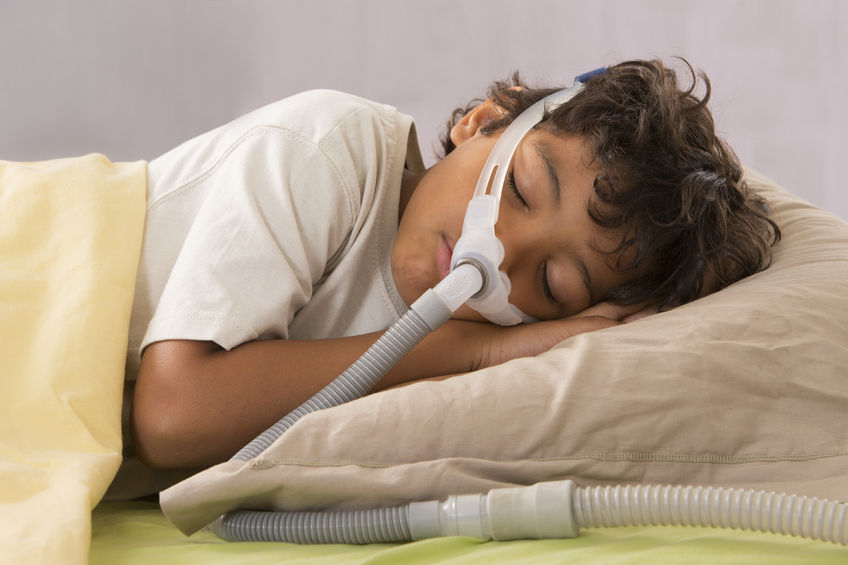Characterized by pauses in breathing during sleep, childhood obstructive sleep apnea OSA is a chronic sleep disorder that brings along serious health risks. While it affects hundreds of thousands of children and adolescents in the United States, OSA doesn’t have a standard method of detection, treatment or long-term plan.
However, physicians from NYU Langone Medical Center teamed up with other physicians from leading medical centers around the nation to change those issues, with their new measures being endorsed and commissioned by the American Association of Sleep Medicine and published this week in The Journal of Clinical Sleep Medicine.
Childhood OSA is estimated to affect up to 5% of children in the U.S., although experts believe that there could be a lot more children suffering from the sleep disorder as with many cases the symptoms go unrecognized or properly diagnosed.
Currently, children with OSA may be seen by a number of different physicians: general practitioners, pediatricians, and sleep specialists, all of whom may have different approaches to diagnosing symptoms, performing physical exams, and creating different treatment plans.
To develop new measures, the team of physicians examined a total of 960 peer-reviewed journal articles that addressed quality care or metrics in OSA. The results led to the development of five processes for children suspected of have OSA:
1. Standard symptoms and risk factors
2. Initiation of a treatment plan
3. Regularly evaluating high-risk children every year
4. Reassessing OSA patients within 12 months
5. Documenting the standard treatment for OSA, positive airway pressure
The most common symptom of childhood OSA is frequent snoring, which is sometimes followed by gasping or choking. Other symptoms include tossing and turning in bed, labored breathing, night sweats, and frequent bathroom trips at night. Other factors, including Down syndrome and obesity, also increase the risk of children experiencing the sleep disorder.
Implicating these new measures may greatly improve the care of children with sleep issues as penalties and consequences will help to ensure better practices. Not sure if your child’s snoring needs a call to action for sleep apnea? Click here to learn more about childhood OSA and seek help from a licensed pediatrician or sleep specialists as soon as possible if you suspect that anyone in your family is affected.


No comments yet.